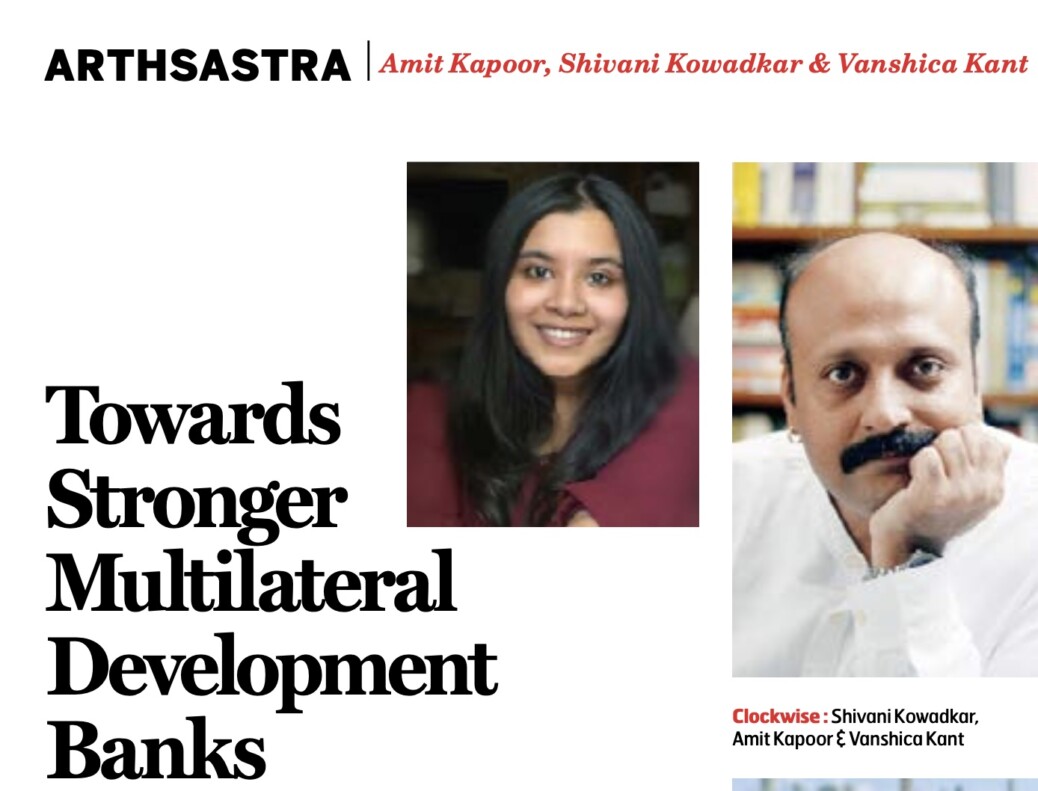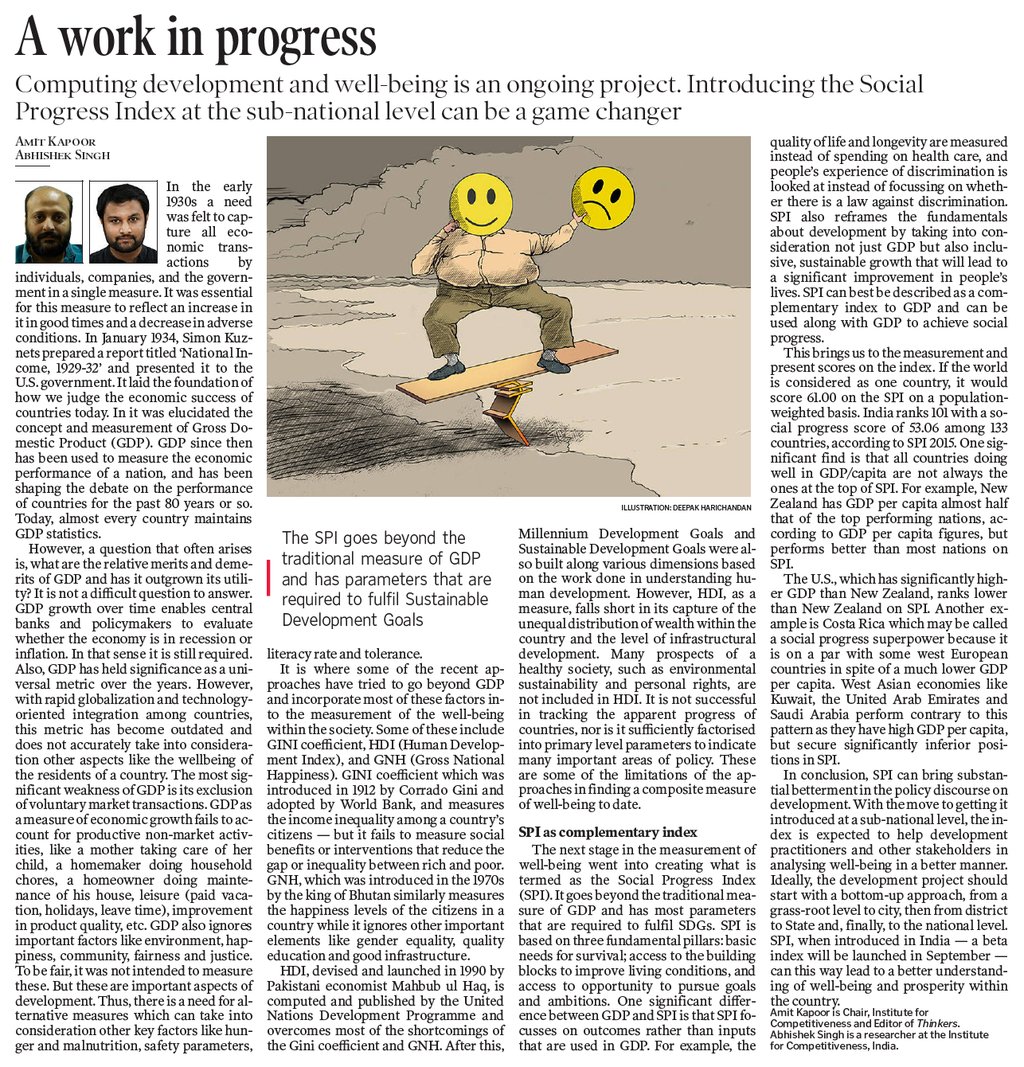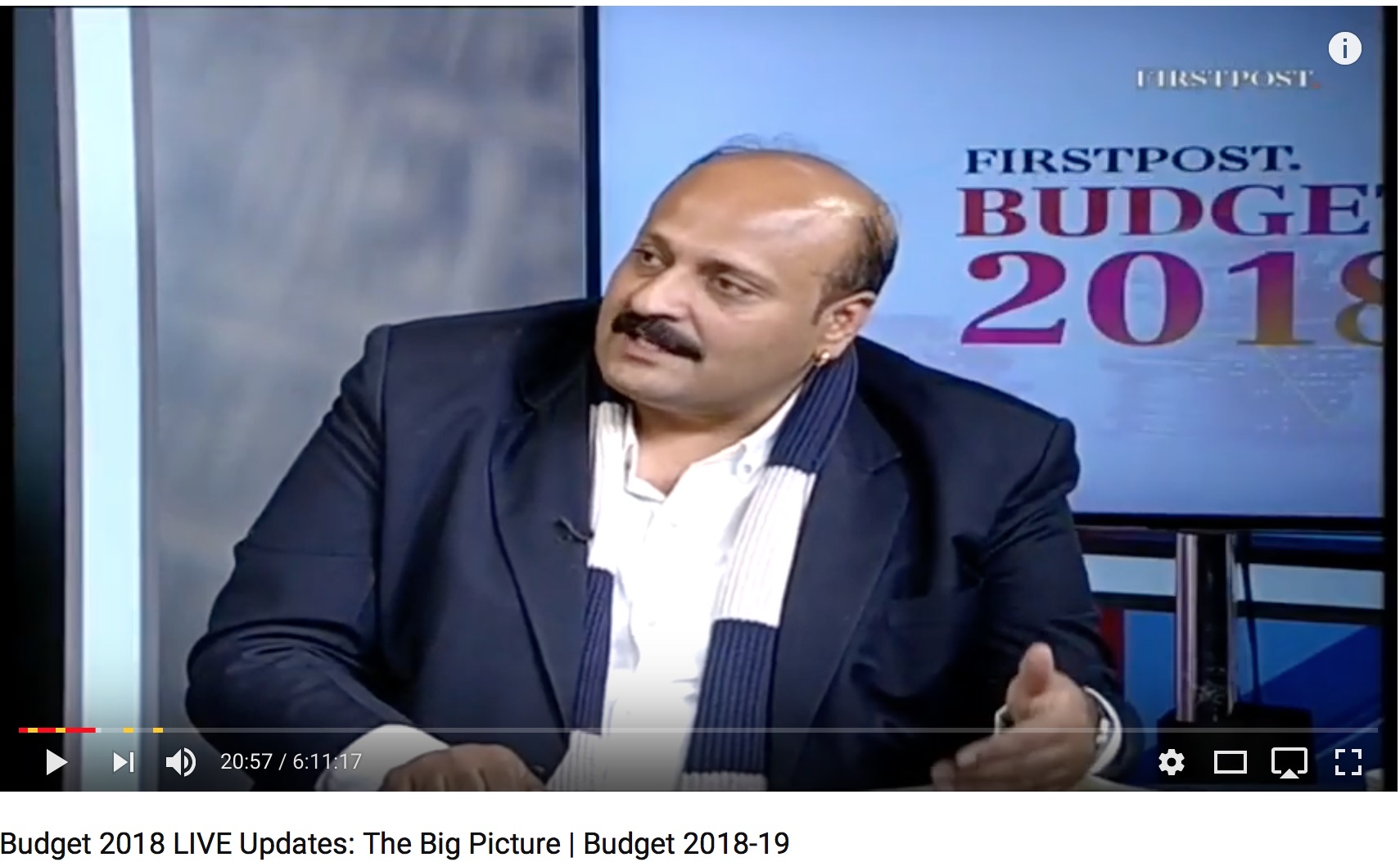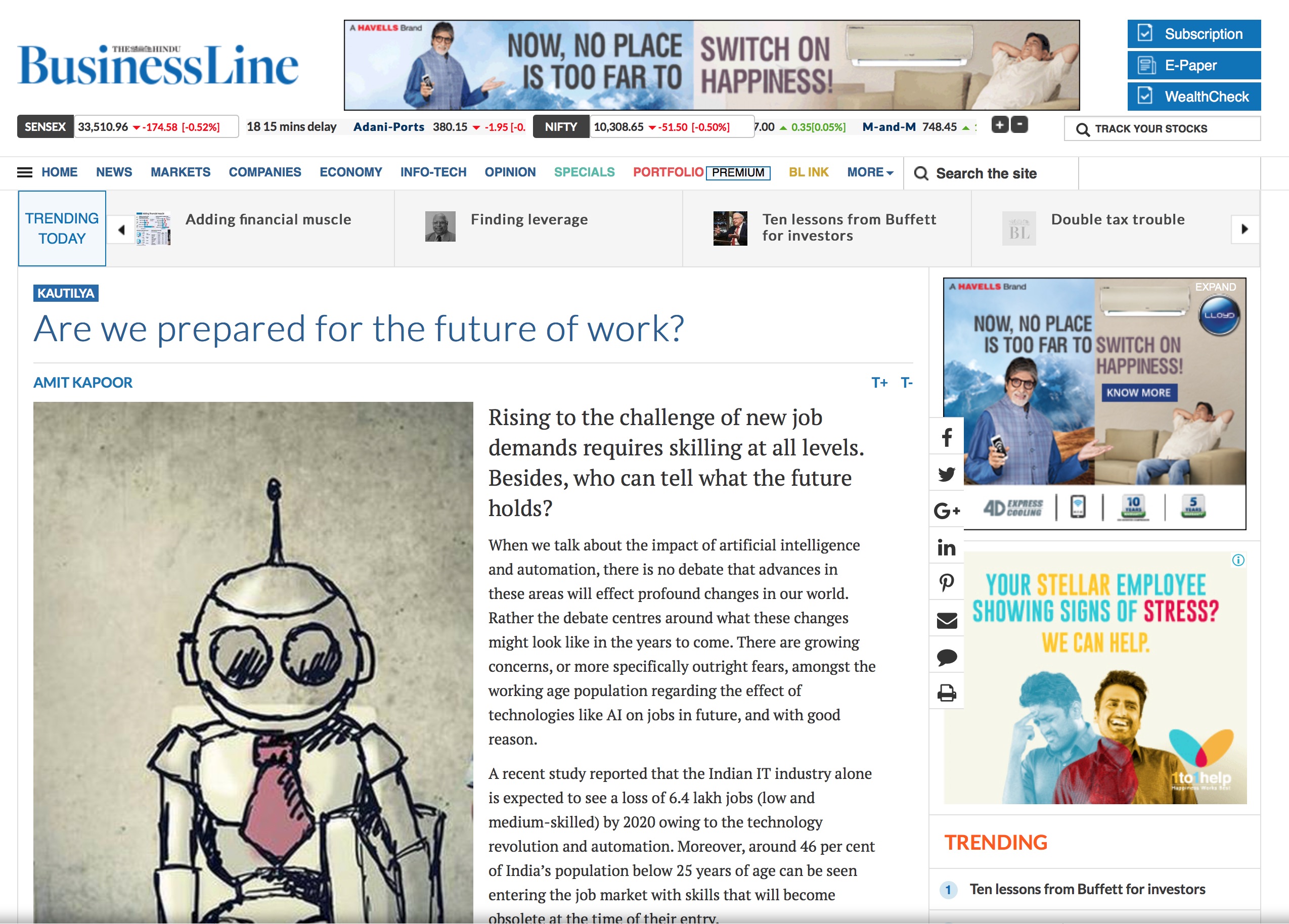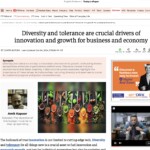by Amit Kapoor, Shivani Kowadker and Vanshchika Kant
‘Inclusive, sustainable and resilient growth’ has emerged as an important theme in recent times. Policy circles are abuzz with discussions on the pathways to achieve this growth. At a time when we are faced with multiple crises including poverty, lack of progress towards SDGs, food and energy insecurity, debt distress, climate change, poverty and inequality, there is a need to bring about major reforms to tackle each of these challenges. Substantial and impactive reforms require considerable resources and a robust and efficient international development finance architecture. Multilateral Development Banks (MDBs) play an important role in this system, providing long-term resources for the world to address emerging challenges and attain growth in a manner that leaves no one behind.
MDBs have addressed development finance needs of the world since decades. They have helped countries progress towards their development goals by providing financial resources, technical assistance, and policy advice. However, in an evolving geopolitical landscape and a dynamic external context where the nature of challenges keeps changing, the actions required to address them must be altered accordingly. Multilateral institutions must adapt constantly to cater to the needs of the day and age. Adapting their approach and working methods to changing needs is the key for institutions to remain relevant. The issues that the world is faced with now are not just multifaceted, but also transboundary in nature. This has made collective action a prerequisite to addressing them and multilateral institutions can facilitate this action through more effective international cooperation. Today, MDBs function in a world that is widely different from even a couple of decades ago. The discussions on how MDBs can be more impactful must focus on the need to revisit their approach and working methods.
It is widely known that the most vulnerable countries and many developing nations are faced with huge financing gaps to support investments in development. The UN SDG Stimulus Plan (2023) notes the dire need for official development assistance (ODA) to match the rising needs and demands from the COVID-19 crisis. The development needs of countries particularly those of the Global South are growing. Given the impact of climate change and increased indebtedness, it has become crucial to mobilize resources and plug financing gaps. Mobilizing climate finance to attain goals set out in the Paris Agreement needs the world to increase support developing nations beyond USD 100 billion per year. The international financial architecture needs to be fit for purpose and equitable. It is estimated that the world requires additional spending of about $3 trillion per year by 2030 which includes $1.8 trillion of additional investments in climate action and $1.2 trillion in additional spending for achieving other SDGs. In order for MDBs to fill these gaps, strengthening them is of essence.
The G20 Finance Ministers and Central Bank Governors Meeting in 2023 has made major strides in driving forward the agenda of strengthening the MDBs which was a key priority area during India’s G20 Presidency. It has been emphasised that MDBs should work towards evolving their vision, operational approaches and financial capacities to be in a better position for dealing with contemporary global challenges. The world is witnessing a range of efforts being taken to transform the functioning of MDBs to boost their potential. Recently, an Independent Expert Group appointed under India’s G20 Presidency, put forth a ‘Triple Agenda’ to bring about much needed changes in the MDB ecosystem. The triple agenda constitutes a few key elements including the goal of tackling extreme poverty and enhancing shared prosperity, tripling sustainable lending levels by 2030 and facilitating greater support for the MDB agenda through a third funding mechanism. Traditionally, battling poverty and spurring economic growth in developing countries have formed the core mandate of MDBs. However, tackling climate change through targeted action such as investment in clean technology can no longer be seen as a domain separate from the goal of boosting growth and prosperity. The intertwined nature of economic development and sustainable and green transitions brings to attention the need to expand the vision and mission of MDBs. This calls for a major shift in the scale of MDBs’ activities as well as the incorporation of new activities. There is huge scope for MDBs to create an environment in developing nations that helps integrate the development and climate agendas. They are institutions that have a robust experience of engaging with governments as well as private sector entities in emerging economies. They can leverage this experience in providing low-cost and long maturity financing to speed up progress towards SDGs and attain solutions to a wide range of development challenges. Yet another major area of discussion for bolstering MDBs is increase their engagement with the private sector. While they have engaged with private entities in the past, there is room for more fruitful and effective collaboration that can attract private capital in a way that aids the intended transformation in nature and scale of investments in developing nations. Moreover, in recent years, focus was brought on the need to reform capital adequacy frameworks of MDBs to enable them utilise their resources efficiently and maximise development impact. This year, the G20 has made considerable progress on this front as it has endorsed the ‘G20 Roadmap for Implementing the Recommendations of the G20 Independent Review of MDBs Capital Adequacy Frameworks (CAFs)’ and given a significant push to CAF implementation.
We are faced with a complex and dynamic setting that poses multidimensional challenges that increasingly warrant shared solutions. At the core of our efforts to foster international cooperation lies the need to transform our MDBs’ ecosystem and in turn bring about a positive paradigm shift in the international development finance architecture.
The article was published with Business World on September 16, 2023
